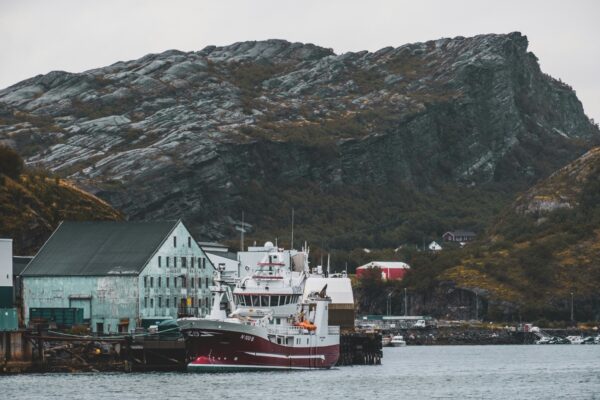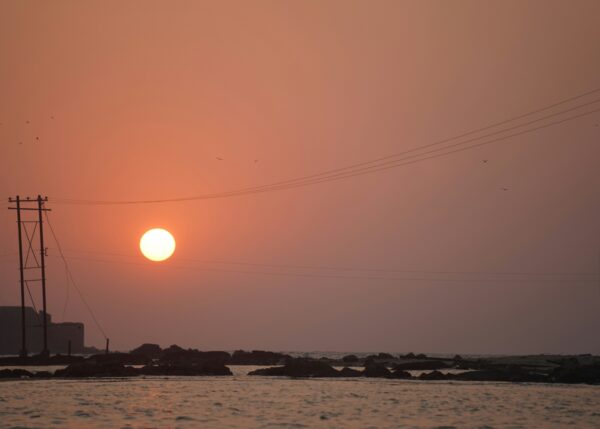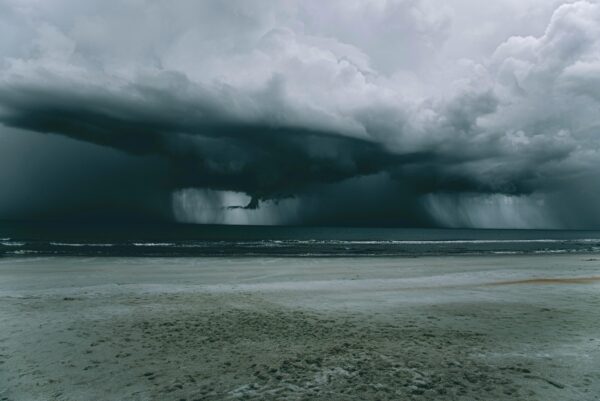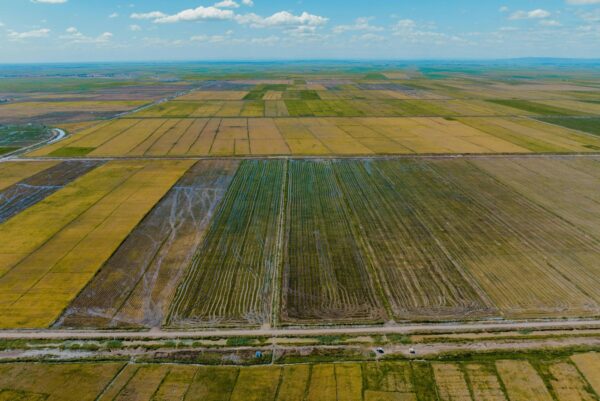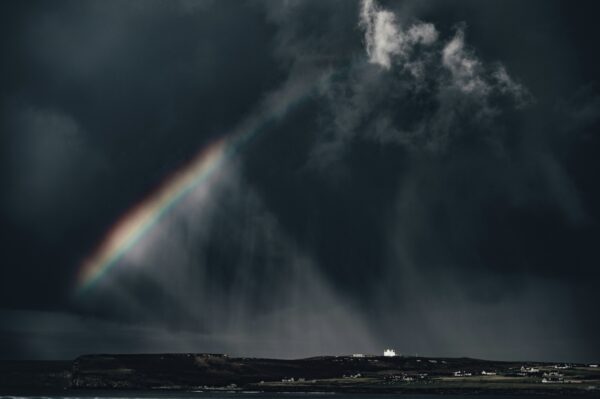Boreal summer weather becomes more persistent in a warmer world
Authors
Peter Pfleiderer, Carl-Friedrich Schleussner, Kai Kornhuber and Dim Coumou
Share
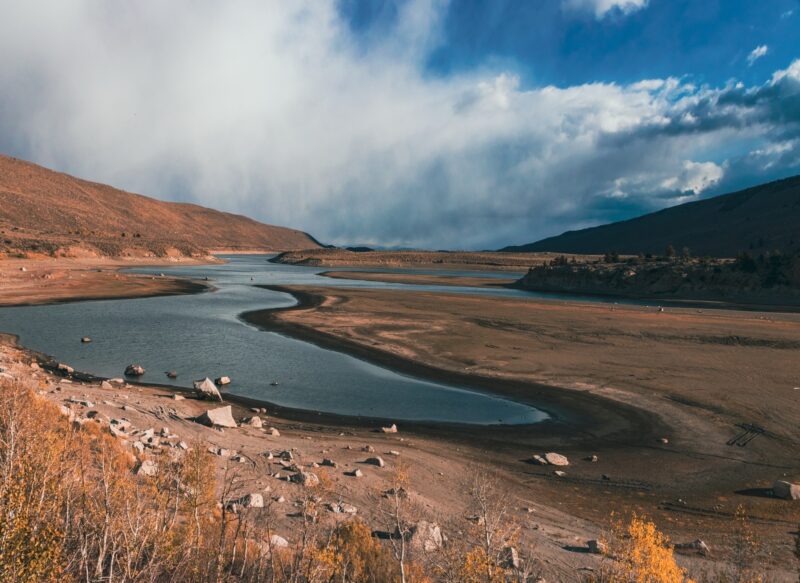
Europe, North America and parts of Asia can expect not just more intense but also longer lasting periods of heat, drought and rain during summer as the planet warms, worsening impacts on health and agriculture. The study, published in journal Nature Climate Change, also shows that limiting global warming to 1.5°C above pre-industrial levels in line with the Paris Agreement would largely avoid these additional impacts.
Heat and rainfall extremes have intensified over the past few decades and this trend is projected to continue with future global warming. A long persistence of extreme events often leads to societal impacts with warm-and-dry conditions severely affecting agriculture and consecutive days of heavy rainfall leading to flooding.
Here we report systematic increases in the persistence of boreal summer weather in a multi-model analysis of a world 2 °C above pre-industrial compared to present-day climate.
Averaged over the Northern Hemisphere mid-latitude land area, the probability of warm periods lasting longer than two weeks is projected to increase by 4% (2–6% full uncertainty range) after removing seasonal-mean warming. Compound dry–warm persistence increases at a similar magnitude on average but regionally up to 20% (11–42%) in eastern North America. The probability of at least seven consecutive days of strong precipitation increases by 26% (15–37%) for the mid-latitudes.
We present evidence that weakening storm track activity contributes to the projected increase in warm and dry persistence. These changes in persistence are largely avoided when warming is limited to 1.5 °C. In conjunction with the projected intensification of heat and rainfall extremes, an increase in persistence can substantially worsen the effects of future weather extremes.



